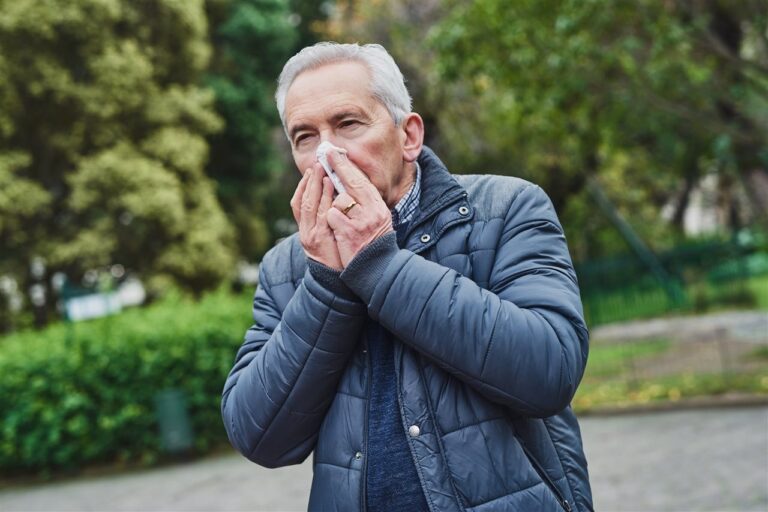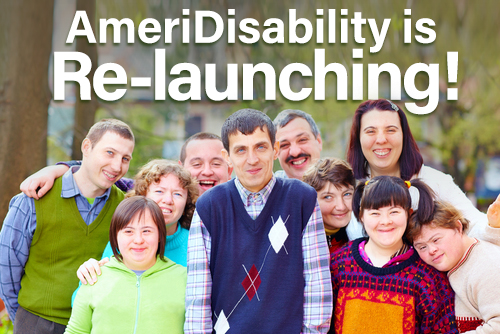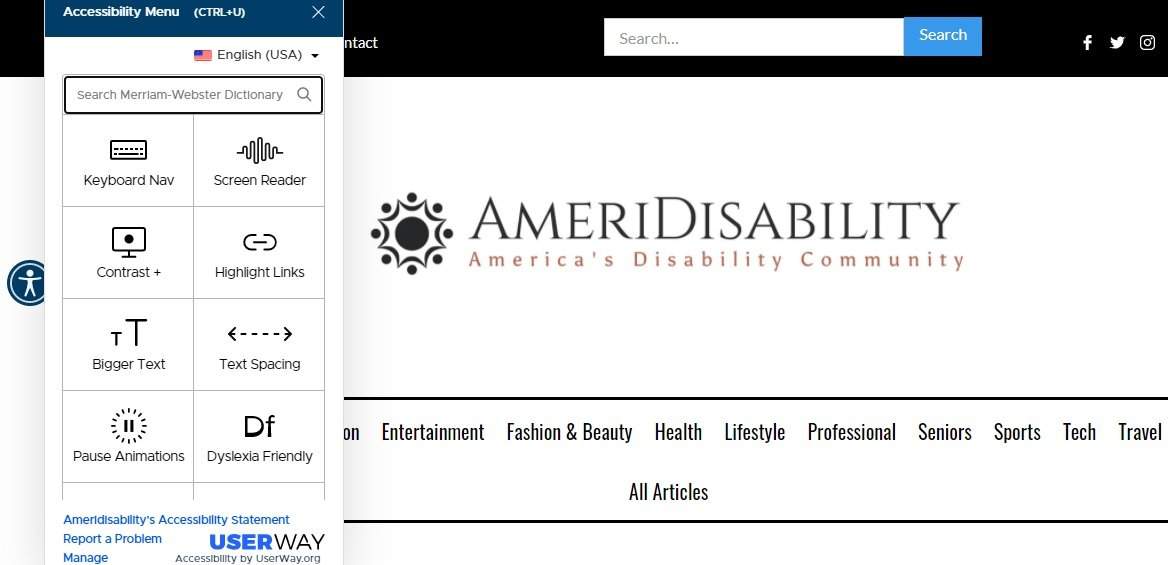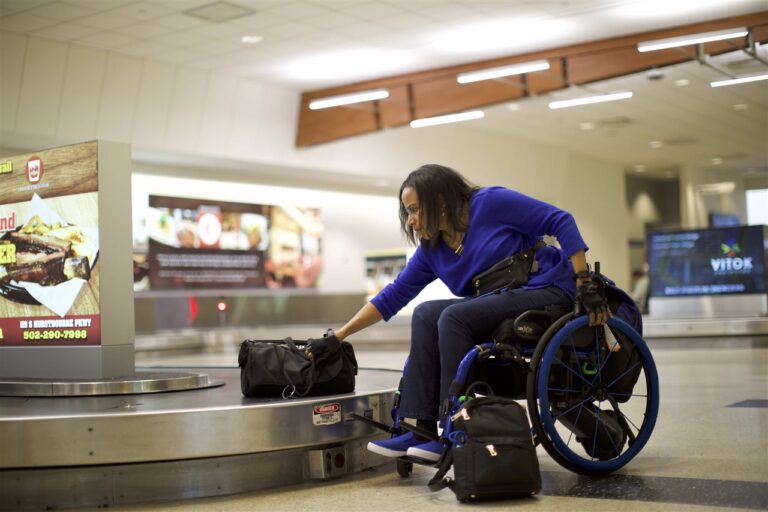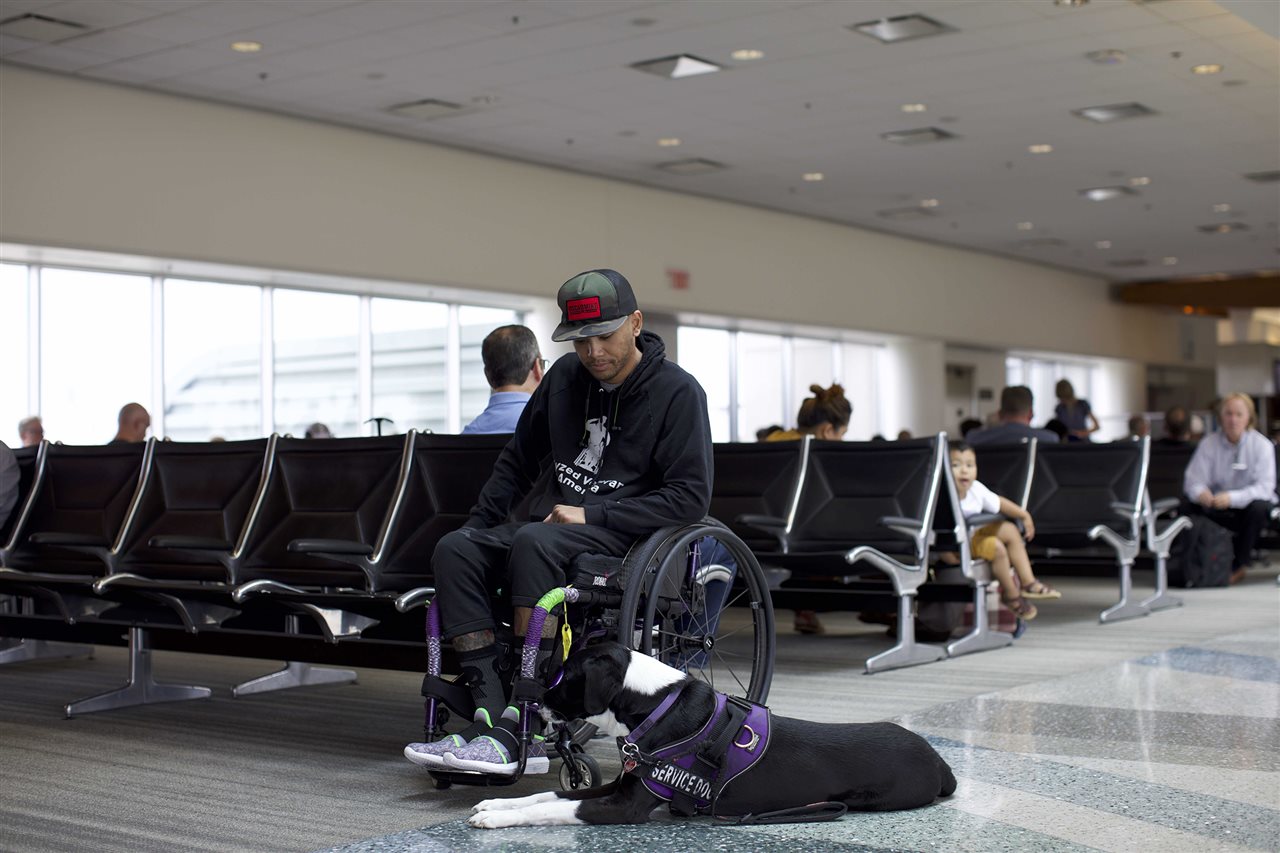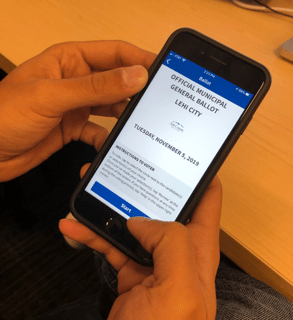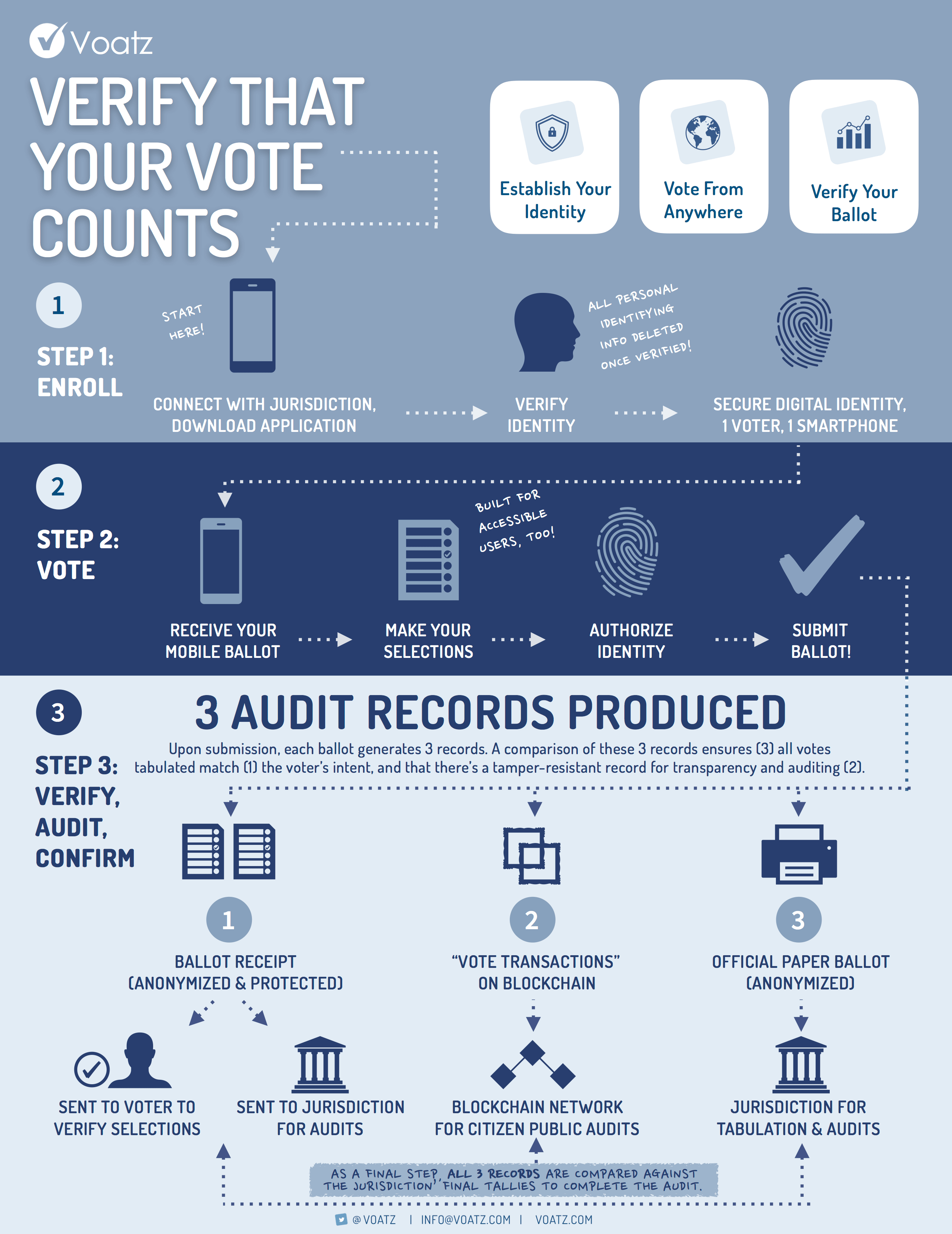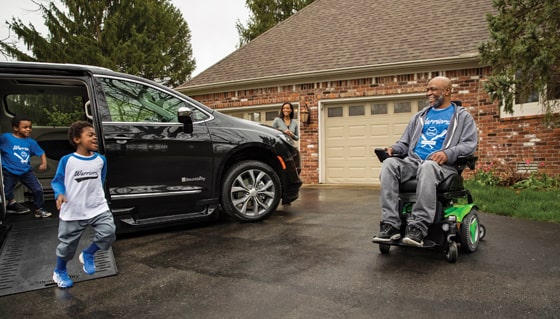Experts recommend that face masks continue to be worn (in addition to social distancing) to combat the spread of COVID-19. That’s because, according to studies cited by the Centers for Disease Control (CDC), masks reduce the spray of respiratory droplets when worn over the nose and mouth.
More than a year into the worldwide coronavirus pandemic, many have grown accustom to wearing protective shields such as: fabric masks (homemade or store-bought reusable material coverings, bandanas or neck gaiters); surgical masks (single-use, disposable protectors) and N95 respiratory masks (fitted healthcare-grade gear). Yet for some, including some persons with varying disabilities, the act of wearing a mask remains challenging.
Here’s a round-up of some disability-friendly face masks:
1. Wrap-around Mask: Etsy’s AlterTopsShop sells sensory-friendly youth face masks that wrap around the head and Velcro at the back of the neck. This product maker explains that these adjustable pieces may be preferred by wearers with sensory processing disorder, autism or ADHD that don’t like the elastic found on standard masks, in addition to those with ear devices such as hearing aids or cochlear implants. One 5-star reviewer said she highly recommends this for “a child with glasses, hearing aids, CI (cochlear implants) or sensory sensitivity.” She shared: “My 3-year-old with bilateral CI absolutely loves her new mask. It doesn’t fall off and she can remove it by herself as needed.”
2.Neck Elastic Mask: Similarly, another Etsy shop is producing adjustable handmade masks with Velcro closures that are ideal for wearers with varying disabilities. Bonus: This maker offers discounts on bulk orders and for healthcare workers! One reviewer shared: “Love this mask. My daughter has Down syndrome and is very uncomfortable with the ear loops. She was very comfortable with this mask. I just reordered the size small because the standard size was a little big on her. They are so comfortable to wear that my husband and I will be wearing the standard size. Great quality product.”
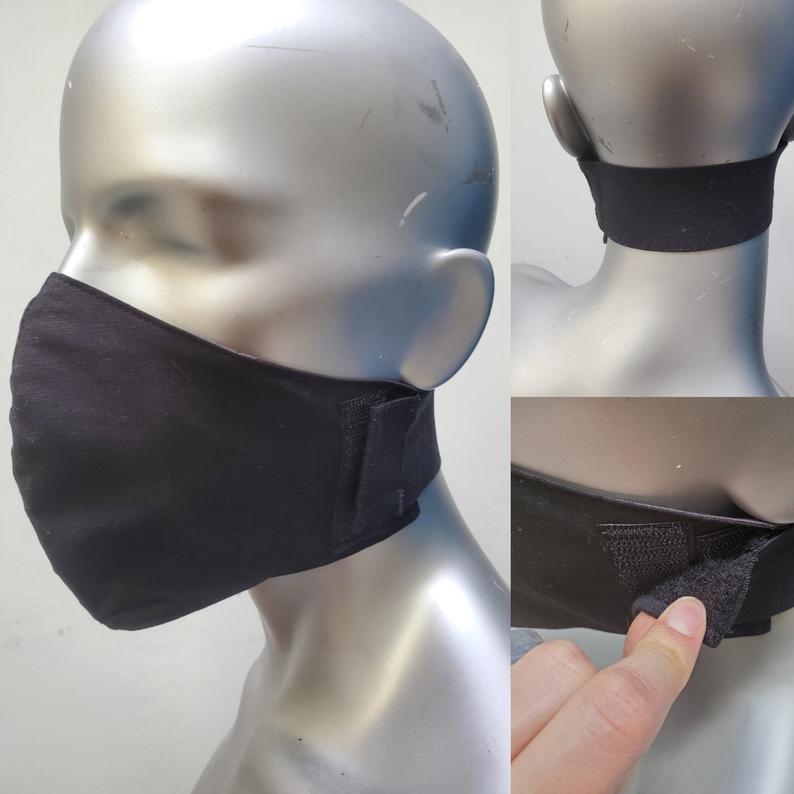
3. Sensory-Friendly Protective Mask: This reusable mask, sold via Autism-Products.com, does not tug on the ears and has an easy-to-adjust sizing toggle. Plus, it’s reversible and includes a convenient name tag to label.
4. Clear Face Shield: Also available on Etsy, this easy-to-wear option is worn similarly to glasses with a comfortable nose bridge. The maker claims it to be light-weight, unscented and highly-breathable. Best yet, this unique style is optimal for American Sign Language (ASL) communicators and others.
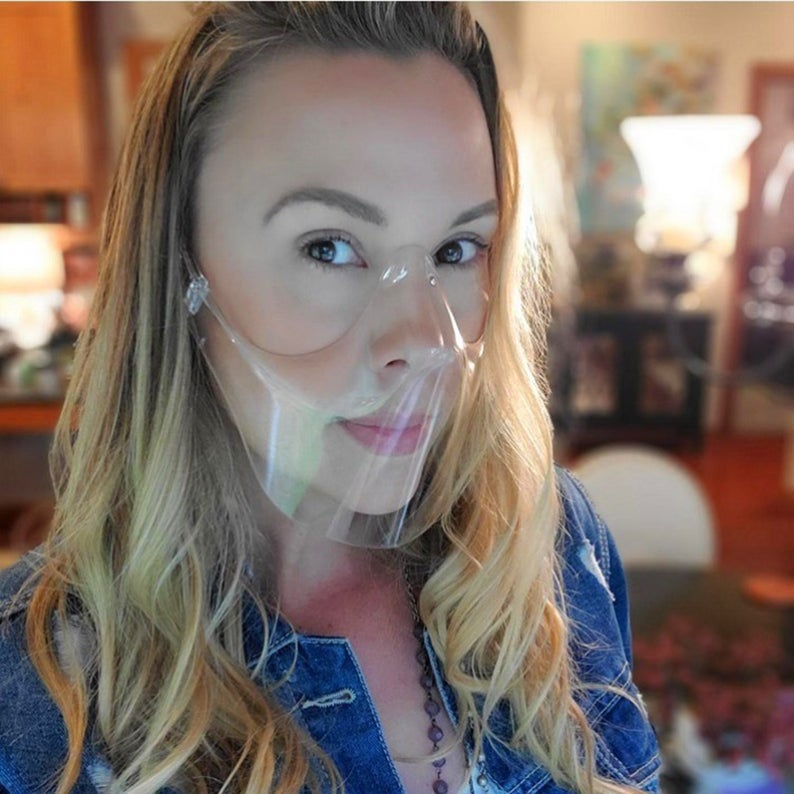
5. Sensory-Friendly Clasp Mask: Developed in partnership with EasterSeals SoCal, Rafi Nova will donate up to 25% of profits to support EasterSeals’ mission to provide resources to individuals with disabilities. Available in both youth and adult sizes, this hypoallergenic sensory-friendly mask has a soft silk liner and adjustable jersey knit straps that comfortably wrap and clasp around the head. One website reviewer shared: “I bought this for my son who has sensory needs. We have struggled to find a mask that doesn’t stress him out–they either cling too tightly to his face or the ears loops feel like they are cutting into his skin. Not so with the Sensory Friendly Mask! It’s super soft and roomy on the inside (while still having a proper fit on the edges) so it doesn’t smash against the nose. He’s also able to put on the mask independently, which was something else we struggled with. And he keeps it on! I like it so much I bought some for myself as well. Would highly recommend.”

6. Soft & Stretchy Loop: Available in many designs and colors, this 2-layer mask is hand-cut and hand-sewn. The comfy and creative design presents a stretchy loop without elastic. A purchaser who happens to be a registered nurse recommends this product with approval by her hard of hearing mother-in-law. She explains: “The sewing is beautifully done. The head strap arrangement with the shoelace and the slider clip is ingenious; it works well and it is easy for her (mother-in-law) to put on and off. She’s very happy with the fit and no problem with the hearing aids!”

7. Headband-Like Mask: This cute homemade pleated mask ties at the top of the head, kind of like how one would tie a bandana as a headband or a hair bow. The mask includes a 4-inch nose wire that can be molded not just over your nose, but across your cheeks which can be helpful for combating fog among glasses wearers.
8.I Am Deaf Mask: This triple layer cotton face mask makes a pretty important fashion statement. The designer created this statement piece to help empower her sister, who is hard of hearing, and others within the disability community. One reviewer states: “This is the most comfortable mask I’ve found yet… plus, it lets people know I’m deaf without having to struggle with paper and pen! Great item!”
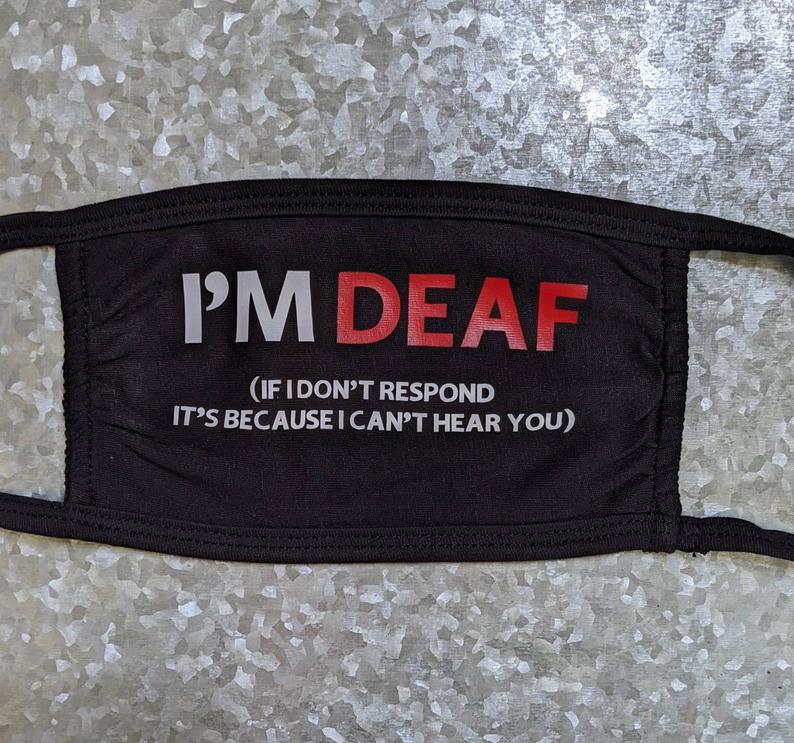
9. Clear Surgical Mask: The fully transparent ClearMask is the world’s first and only transparent surgical mask that is FDA-cleared as a class II medical device. Over 17 million masks have been sold to international, national and state governments, hospitals, clinics, schools, businesses and others. Plus, ClearMask offers non-medical grade mask selections too, in both kid and adult sizes. DEAL ALERT: A discount code is available to receive 20% off your ClearMask order; use AMERIDISABILITY at checkout when placing your order!
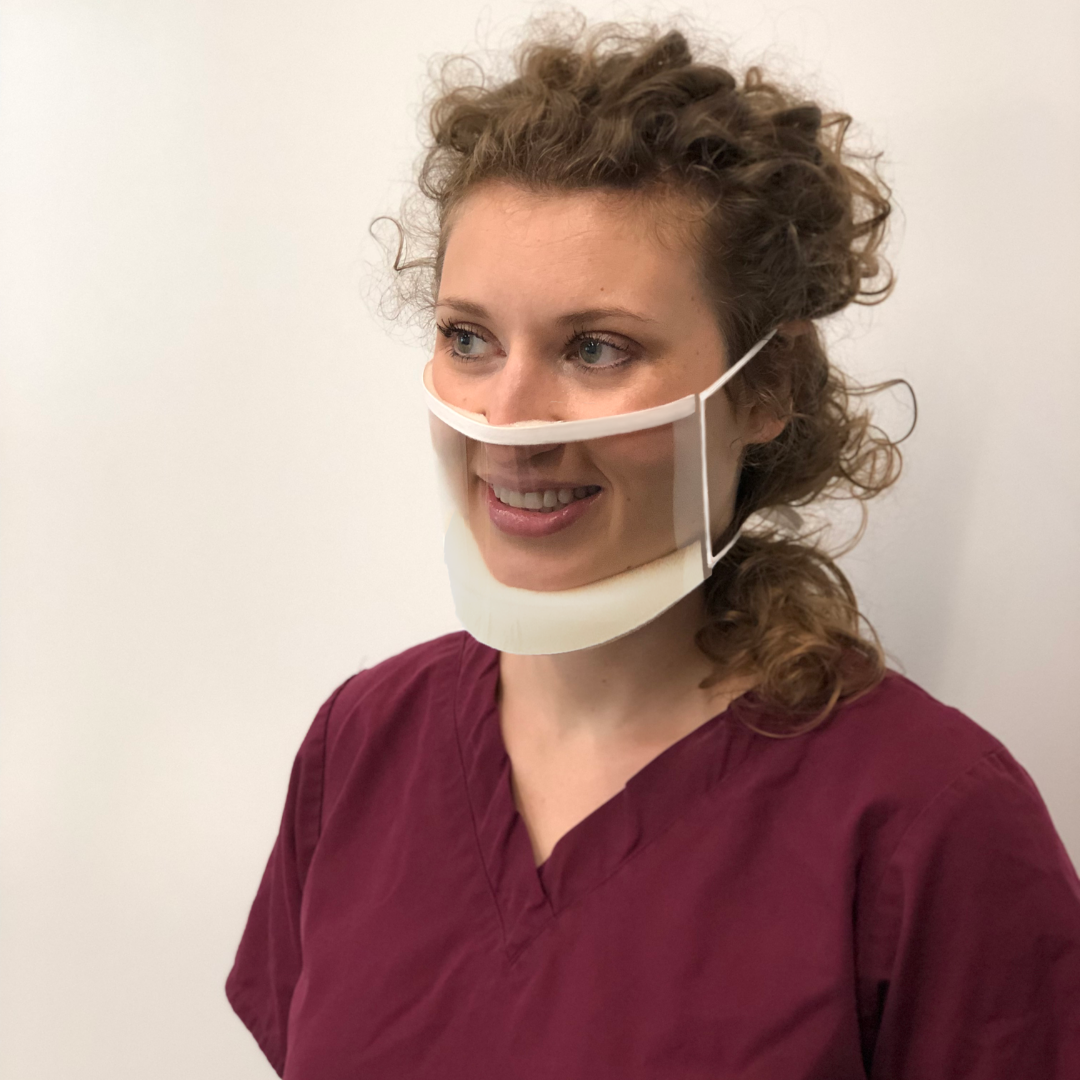
Other see-through options are available through Safe ‘N’ Clear and the soon-to-be released HelloMask. And, of course, you can explore a plethora of non-medical mask selections with clear slots via various online shops.
10. DIY Masks through DHH Mask Project: As outlined on FEMA.gov, the Deaf and Hard of Hearing (DHH) Mask Project created an accessible-deaf-friendly mask project with step-by-step guidance on how to make homemade cotton masks with a clear plastic front. The effort was launched by Ashley Lawrence who works in education within the deaf and hard of hearing community. Give it a try!
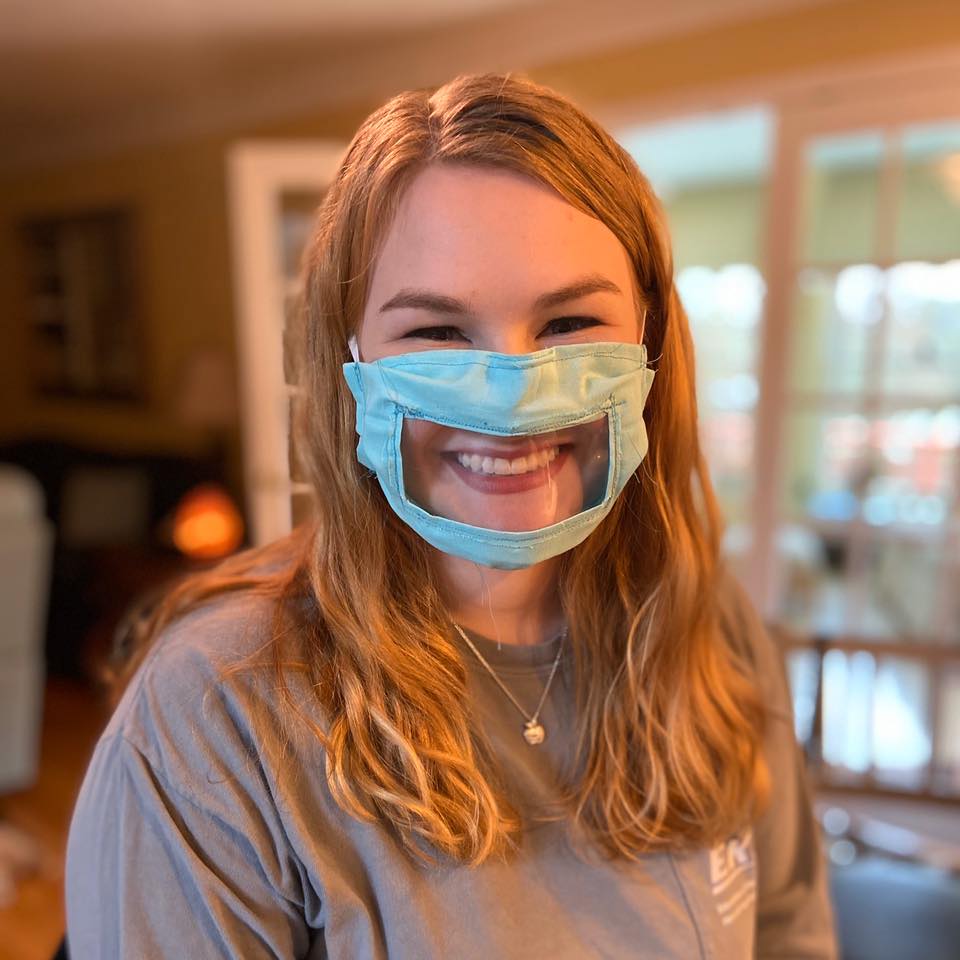
Have you discovered other disability-friendly face masks that works for you and/or loved ones? Share with us on Facebook and Twitter!
The CDC has outlined COVID-19 information specific to persons with disabilities on their website. For additional guidance surrounding COVID-19 and the ADA, reference information on the website of the U.S. Equal Employment Opportunity Commission.
Stay well!
Disclaimer: AmeriDisability does not endorse the products featured in this editorial article. Our publication has no affiliation with the makers of these products.
Feature image credit: CDC
Nancy DeVault is an award-winning writer/editor contributing to local and national publications. Her storytelling spans a wide range of topics, including charity, disability, food, health, lifestyle, parenting, relationships and travel. Married with two kiddos, Nancy describes herself as a lover of the outdoors, fitness, news, traveling and binge reading magazines while sipping coffee.





